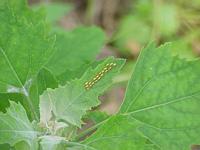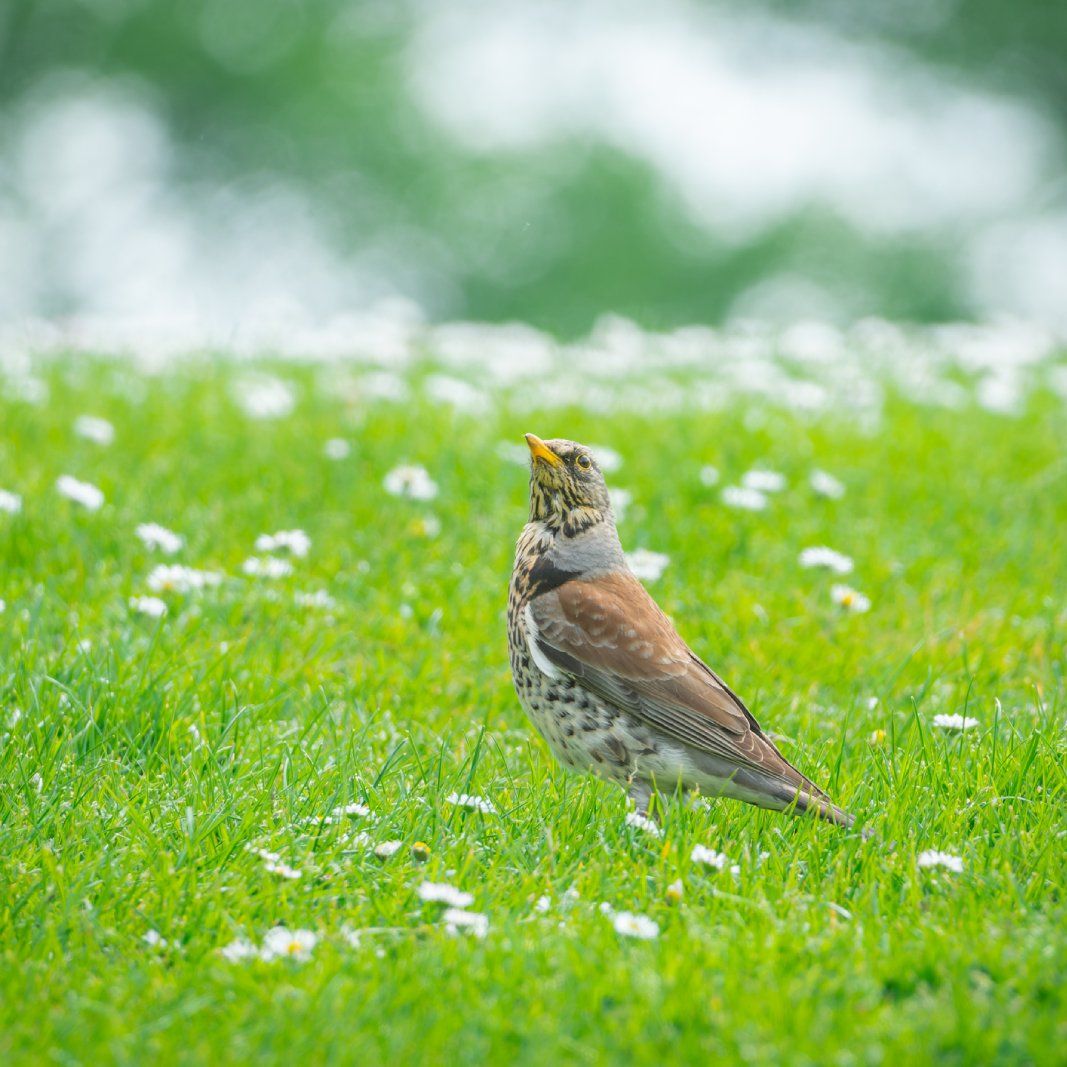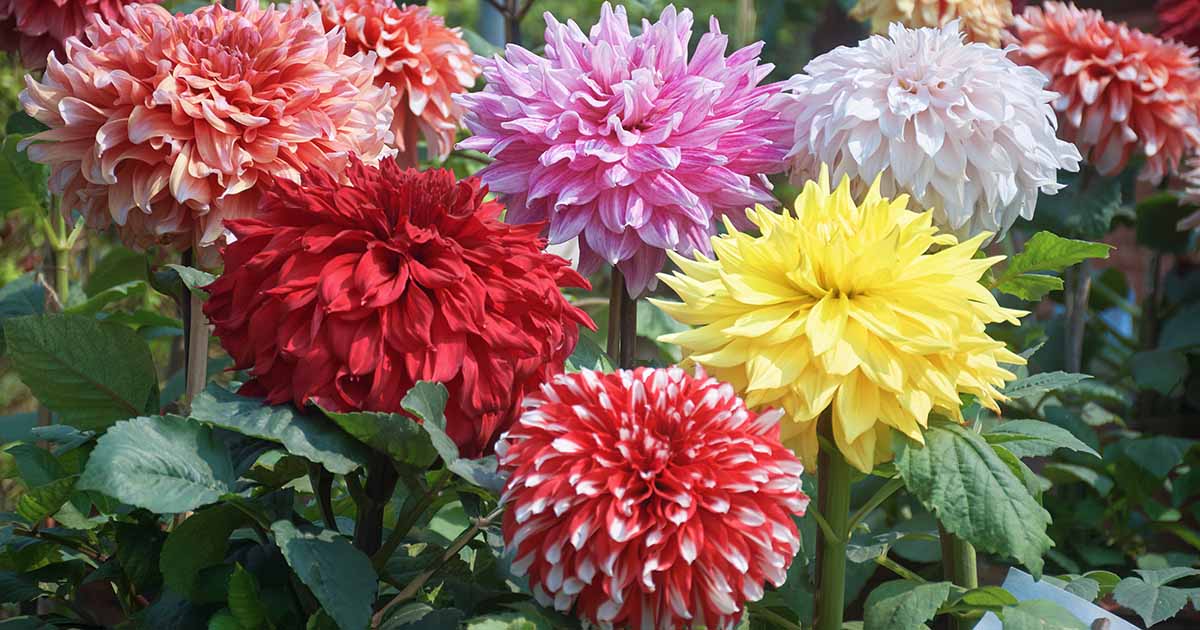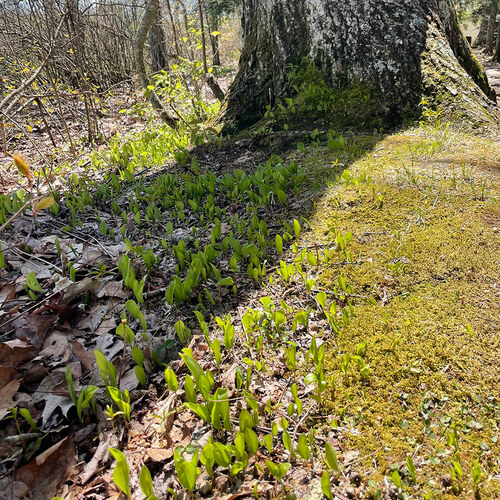Definition: A weed is a corn-fed lanky boy from the Midwest. He grew like a weed. He is as tall as a weed. Beyond that, I fear that we will never agree. The subject is much too personal.
All plants have a relationship to other living organisms in the garden, field, roadside, or waterway. Whether a plant is undesirable because it is out of place, or it has bad habits or is successful at defeating eradication, it still performs many useful functions, not the least of which is the preservation of nature’s delicately balanced ecosystem. Wherever man wishes to alter that balance to suit his own purpose, the judgment of desirability versus undesirability is the first step towards taking control of his property. It is the infinite number of such judgments which denies us the economy of using a single word like “weed” to describe plants that “everyone” doesn’t want. There are noxious plants, poisonous plants, toxic plants, invasive plants, and destructive plants. And, each of them benefits our lives in some way.
Some are valuable crops in themselves, yielding oils, potherbs, salad greens, condiments, drugs, and ornaments for man, forage crops for animals, seed food for birds and small creatures, and shelter for beneficial insects. Many are valuable soil conditioners whose vigorous roots penetrate deeply into the subsoil, transporting nutrients and minerals to the surface. They improve the soil structure through aeration and control of erosion. Their presence (or absence) serves as indicators of poor soil conditions. Many have a beneficial relationship with soil organisms which help the gardener, or with other plants, giving them increased vigor, taste, or greater resistance to insects and disease.
My intent is to persuade you to grow some of these plants on purpose, and to seek to control the spread of others you consider undesirable without resorting to a program of total annihilation.
Good Soil Improvers
- Annual goldenrod
- Nightshade
- Sunflower
- Sow thistle
- Lamb’s quarter
- Ground-cherry
- Wild lettuce
Good Companion Plants
- Nettle and Yarrow give greater aromatic quality to herbs
- Jimson weed is helpful to Pumpkins.
- Lamb’s quarter and Sow thistle help melons, squashes, and cucumbers.
- Lupine helps corn and many other crops.
- Small amounts of Yarrow and Valerian give vigor to vegetables.
- Wild mustard is beneficial to grapevines and fruit trees.
- Dandelions stimulate fruits and flowers to ripen quickly.
- Stinging nettle makes neighboring plants more insect resistant. And the iron content of nettle helps plants withstand lice, slugs, and snails during wet weather. Mint and tomatoes are strengthened in their vicinity. Nettle deters
fermentation, keeping fruit trees free of mold. - Redroot pigweed loosens soil for root crops such as carrot, radish, beet, and potatoes. It makes tomato, pepper, and eggplant more resistant to insect attack.
- Lamb’s quarter gives vigor to zinnias, marigolds, peonies, and pansies. Purslane conditions the soil around roses thus encouraging healthier root growth.
- Cheatgrass brome replaces plants that are host to beet leafhoppers, thereby benefiting beets, beans, and tomatoes.
Hosts to beneficial insects
I have a list of 49 special plants for attracting beneficial lacewings, ladybugs, hoverflies, parasitic mini-wasps, tachinid flies, spiders, minute pirate bugs, damsel bugs, and big eyed bugs – including fifteen species which are included in my list of invasive plants. That is almost one third of the list. Is there any wonder why your garden plants are attacked by insects? The average gardener spends about $30 per year on herbicides and insecticides, and the use of either one increases the absolute necessity to use the other.
I cultivate 38 of the beneficial plants on my list, large stands of them in some cases, including 14 of the 15 invasive plants. That in combination with my Army of Groundskeepers reduces my need for herbicides and insecticides to zero. Rather than eradication of plants which are out of place or invasive, it would be better to learn how to manage the better ones to your advantage.
Invasive plant management
Here is my formula for management of these plants; note that it is little different from managing all the rest of my growing collection.
Plants which spread by underground runners (Tansy, for example), I plant in single species beds which are surrounded by lawn. The lawnmower is my agent of control.
Plants which spread by above ground runners (Peppermint and Spearmint for example), I plant in nursery pots which are sunk halfway into the soil. The runners are easily seen, and therefore easily clipped once per year in late summer.
Plants which spread by vigorous self-sowing (Teasel for example), I deadhead persistently to insure that no seeds ripen after the flowers cease to be of value to my pollinators. In the case of Nicotiana, I simply grow these in pots in the
parking lot surrounding my front door. Most seeds won’t germinate on concrete.
Plants which spread by bird droppings (European buckthorn for example), cannot be controlled. The seedlings must be clipped with the weed wacker once in June and again in August.
Plants which spread by wind-blown seeds (Chinese elm, Catalpa, and Maple for example), I pull out by hand from garden beds, and they don’t survive in the lawn.
Plants which spread by small mammals (Oak and Walnut trees for example), I pull out by hand from garden beds, and they don’t survive in the lawn.
Plants which spread by exploding seed pods (Euphorbia lathyris for example), I deadhead before seed pods develop.
Plants which spread mysteriously despite constant pulling (Purslane for example), I continue to hand pull and will have to do this forever.
Now, is that so hard to do? If your Monarda gets out of hand, just dig up the plant; cut out a fourth of the root ball for replanting and compost the remainder. Invasive plants have become so through lack of management. It only takes a few minutes every week to take stock of problem areas, and a few more minutes to eliminate the problem in those situations where their spread cannot be prevented. Where prevention is easy, you will have no excuse.
So, what is a weed? Well, it is a lanky boy……………………growing rapidly
Tom Clothier manages a website at http://users.anet.com/~manytimes/
Organic Living ISSN 1492-5451.











